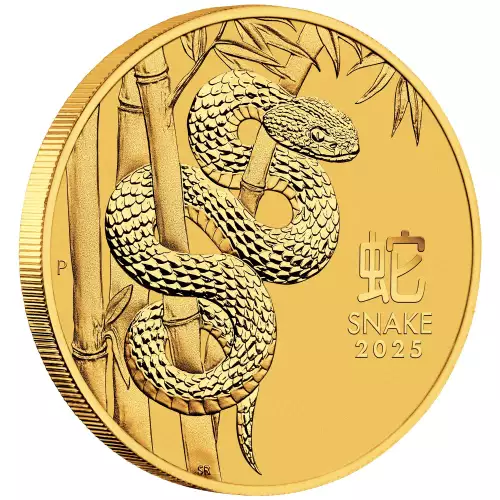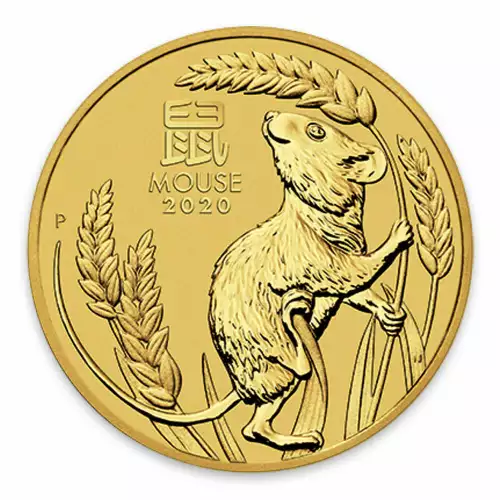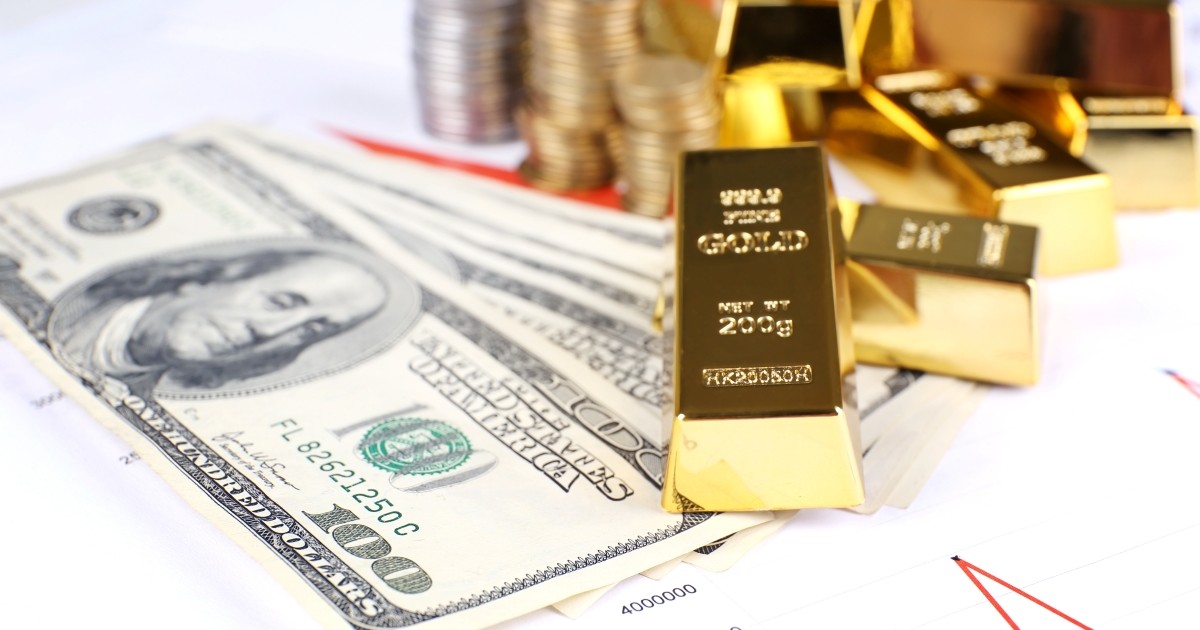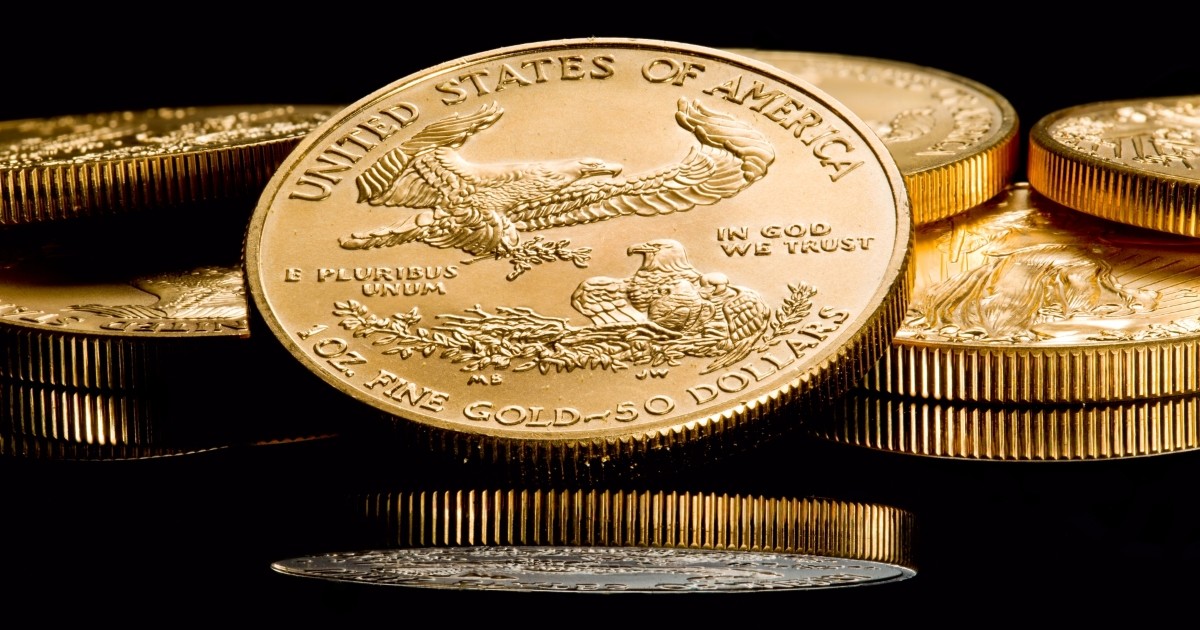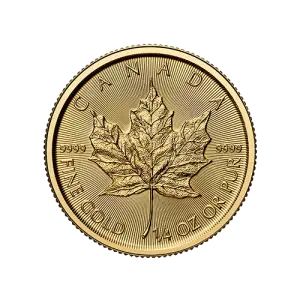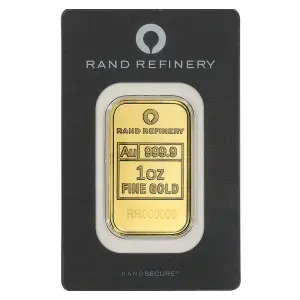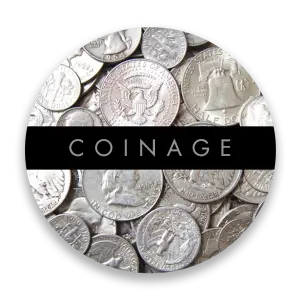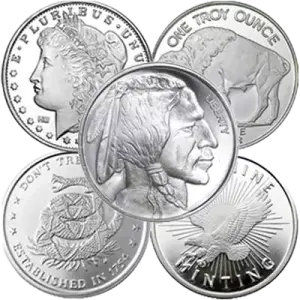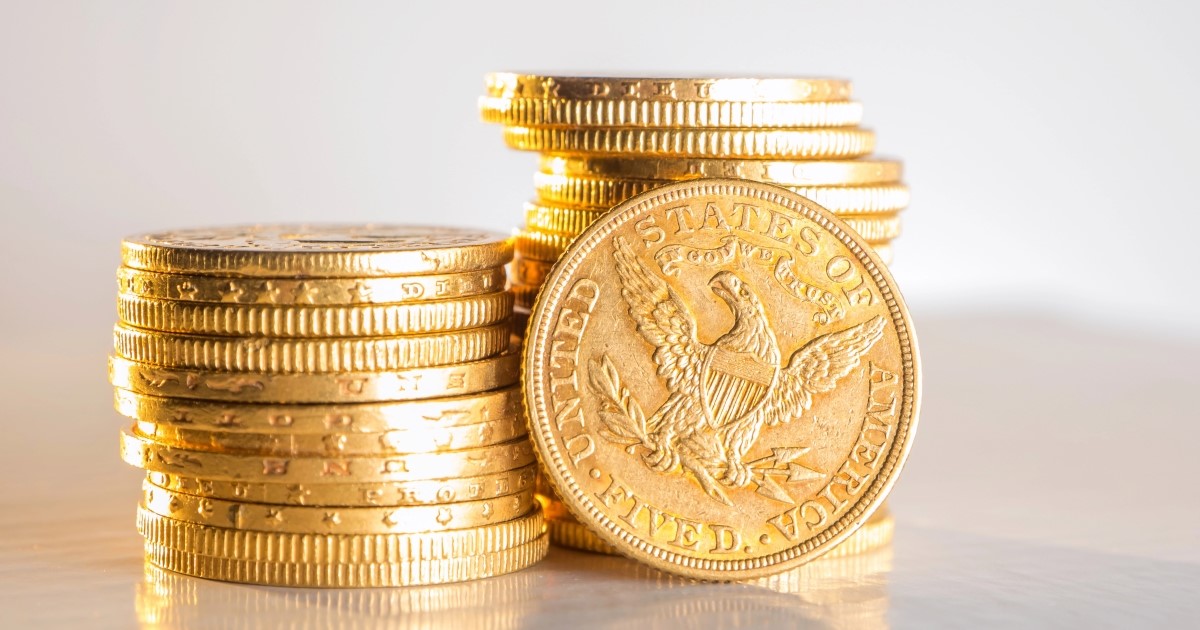
Can we just clear something up right off the bat? Not every stamp on a gold bar is a hallmark. While they often go hand-in-hand, a hallmark and a purity stamp have completely different meanings. A hallmark is an official mark from a recognized assayer or mint. It attests to authenticity, not just content.
Hallmarks have been around since the 13th century in England, and in some cases, much earlier, in Medieval France (Hence the term "hallmark", originating from the Goldsmiths' Hall in London). These marks created trust in commerce long before we had any electronic verification on recorders or a blockchain to back it up.
Now, although the purity stamp tells you something about the metal content, say you get .9999 fine gold, the gold hallmark identification shows who tested and certified the metal’s purity. It's a small detail, yet a sizable implication for investors when you care about traceability, resale, and legitimacy in the bullion market. In this blog, we break down the key differences between hallmark and purity stamps so you can buy bullion with confidence.
What Are Purity Stamps and How Are They Different from Hallmarks?
If the hallmark indicates who issued the gold, the purity stamp indicates what is contained therein. To rephrase in terms of an institution, the hallmark signs off on the certificate, whereas the purity stamp signs off on the report card. You also might notice markings like 999, 916, or 24K presented in a gold bar or a gold coin, which is your purity grade right in front of you.
Fineness of gold is usually measured in parts per thousand. Therefore, with a 999 stamp, the metal would be 99.9% pure. Karats, on the other hand, breaks gold into twenty-four parts; in this case, gold at 24K equates to pure gold, gold at 22K equates to about 91.6% pure (hence, why 916 = 22K). These numbers may initially seem confusing, but it shouldn't take long to learn the code.
You will usually find these stamps on the face or edge of any bullion pieces, typically close to the hallmark or mint mark insignia. So, collectively, they become sort of an ID card for the metal, demonstrating proof of both content and credibility!
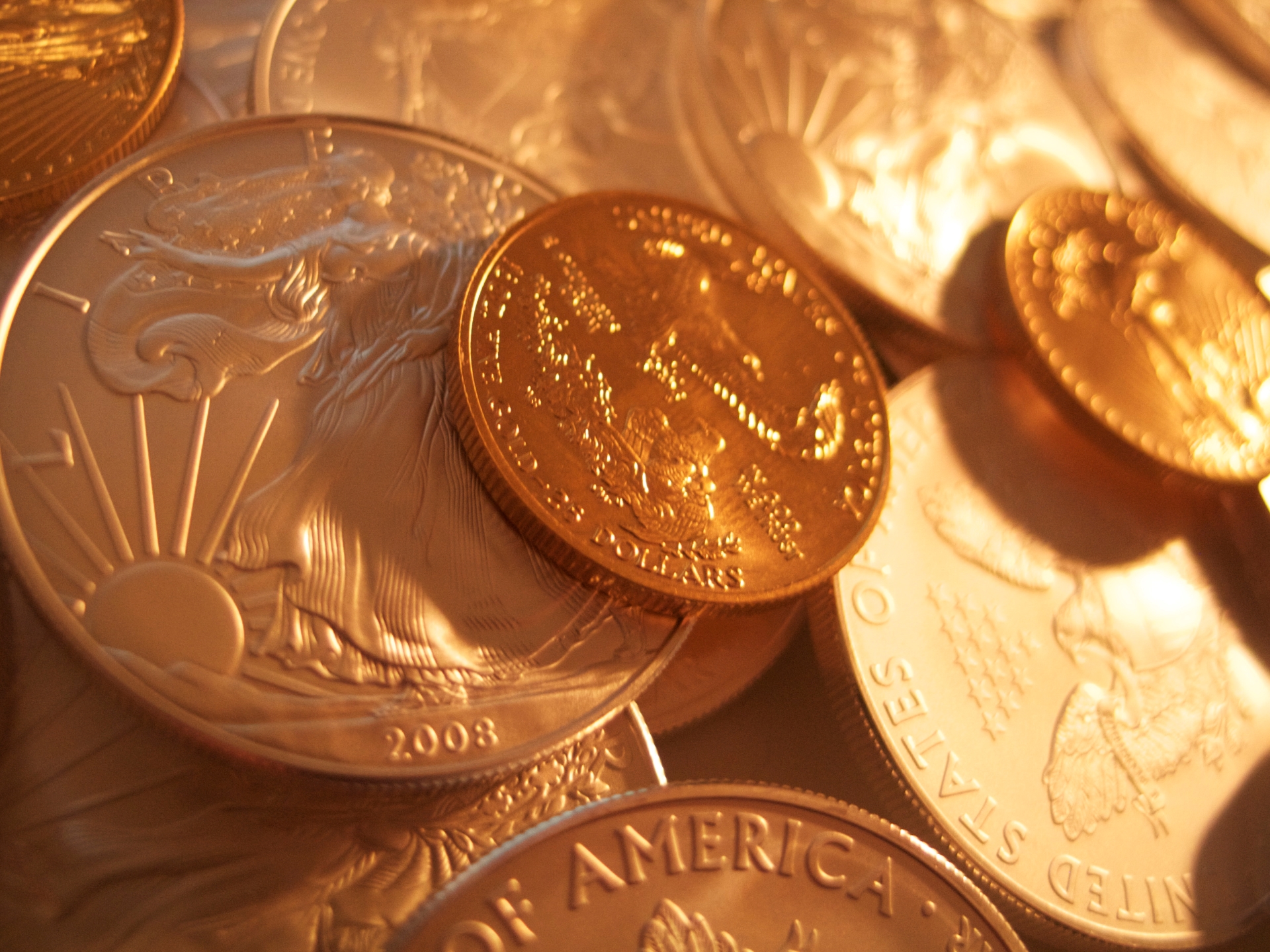
Gold Hallmark Identification: Decoding the Symbols on Bullion
Ever glance at a gold bar and think you were reading a secret code that you have no idea about? This is where gold hallmark identification comes in. A gold hallmark consists of a few basic elements: the assay office mark (who assayed it), the maker's mark (who made it), and possibly a year mark. All of these elements tell the story of the gold you are holding and prove its origins.
For instance, the Perth Mint utilizes a swan emblem, PAMP Suisse utilizes the infamous "Lady Fortuna," and the U.S. Mint either has an eagle or a "W", implying West Point. These are visual proofs of identity that the bullion is actually what it says it is.
Common Hallmarking Authorities You Should Know
Stamps are unique in their own way, and some are stamped with a global handshake of trust. When it comes to hallmarking, there are a few heavyweight institutions that drive the gold (and silver) standards.
The London Bullion Market Association (LBMA) is at the top of the food chain; refineries accredited by the LBMA are the prima donnas of the gold world. If your bullion bar originated from an LBMA-accredited refinery, you are receiving a product that has satisfied the globally recognized standards, which include quality, weight, and purity.
Then there is the Bureau of Indian Standards (BIS), the official gold certifying body in India. The hallmark will show the BIS logo, fineness number, and assaying center code. In Europe, Swiss Assay Offices (including those utilized by PAMP and Valcambi) are impeccably precise. And yes, these hallmarks are recognized all around the globe.
Now one may ask, “What’s the significance of all this?”. Well, with these hallmarks, you’d have to answer fewer questions during resale, go through less hassle during IRA approvals, and have more confidence every time you buy. It’s the difference between guessing and certainty.
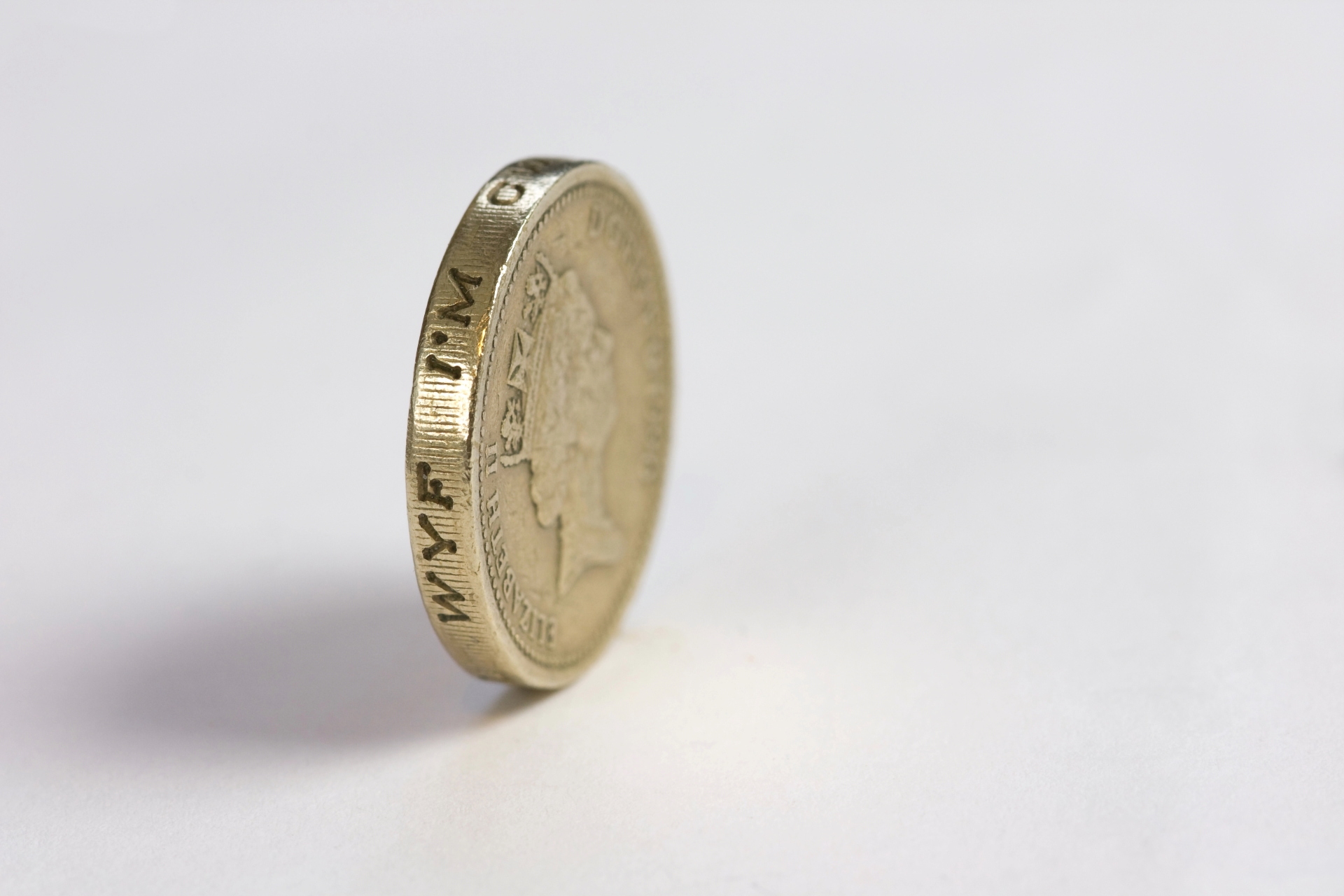
What Happens If Your Bullion Doesn’t Have a Hallmark?
A lack of a hallmark doesn’t mean it’s not gold, but it is a red flag. With nothing stamped on it, you are in a fog of wonder and worry, well, mostly worry about whether what you have is real.
Unhallmarked bullion raises several concerns—most notably difficulties in resale, hesitation from dealers, and the heightened risk of counterfeits. Even if the piece is genuine, the absence of official markings undermines its credibility, often lowering its market value.
So, what if you received or accidentally purchased unhallmarked gold? What should you do next? First and foremost, do not panic. Secondly, take it to a professional for testing or assaying. Most reputable dealers, like us at Pacific Precious Metals in California, provide the services so you can separate the treasure from trouble with proper proof.
How Pacific Precious Metals Ensures Authenticity Through Hallmarked Products
We believe buying precious metals can and should be a trusting experience, built right into the bar, beginning with the hallmark. At Pacific Precious Metals, every gold or silver product we offer arises from approved LBMA refiners or certified world mints. There is no other way to ensure your investment meets the highest standards imposed internationally as a trusted investor.
Each product listed on our website features high-resolution, zoomable images showing the hallmark and purity stamp on the products directly, no hiding, nor being vague. So, whether you are looking for gold coins or IRA-eligible bars, you see what you get, period.
Since we inspect every piece and understand every marking, we truly believe in what we sell. This means providing you with better buyback options, an easier resale opportunity, and the security you can hold in your hand. Visit us at our locations in Fremont, Palo Alto, Sausalito, or Walnut Creek.
What to Look for When Buying Bullion
Entering the bullion market? Great move, investor! But don't let the gleam of the metal distract you. There is a checklist that every prudent buyer should follow. A good start would be verifying gold hallmarks. Make sure every item has a proper and verifiable hallmark and purity stamp (for example, 999, 24K, etc.). Next, verify the weight, check for branding (the brand should be LBMA accredited), and check the type and state of packaging. Sealed and tamper-proof packaging is always good.
Are you ready to buy with confidence and trust? Check our selection of fully hallmarked coins and bars that are verified and purity certified at Pacific Precious Metals. We ensure that every ounce speaks for itself, clearly, honestly, and in Troy ounces, of course!

